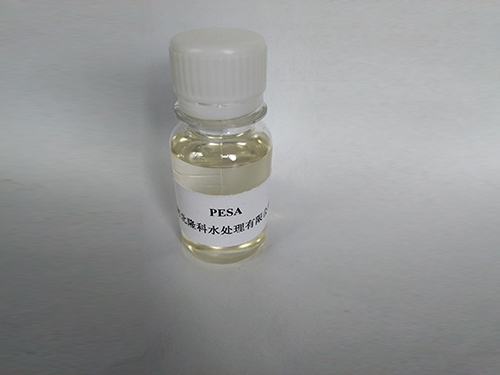The Role of Coagulants and Flocculants in Efficient Water Purification Processes
Coagulants and Flocculants in Water Treatment
Water is an essential resource for life, and ensuring its quality is crucial for the health and safety of communities. In the quest for clean water, a variety of processes and chemicals are utilized to remove impurities. Among these, coagulants and flocculants play significant roles in the water treatment process, helping to purify water by removing suspended solids, colloidal particles, and other contaminants.
Coagulants are chemicals added to water to promote the agglomeration of particles, facilitating their removal from the water. When added to water, coagulants destabilize the particles by neutralizing their charges, allowing them to clump together. Common coagulants include aluminum sulfate (alum), ferric chloride, and polyaluminum chloride. Each of these coagulants has specific properties and efficiencies, depending on the nature of the water being treated. For instance, alum is widely used due to its cost-effectiveness and efficiency in removing turbidity, while ferric chloride is particularly effective in situations where phosphorus removal is required.
The process of coagulation typically occurs in two phases the initial mixing phase, where the coagulant is rapidly dispersed in the water, and the flocculation phase, where gentle mixing occurs to promote the growth of larger particles or “flocs”. This is where flocculants come into play. Flocculants are polymers that aid in the aggregation of the smaller coagulant-clumped particles into larger flocs that can be easily removed from the water, typically through sedimentation or filtration.
coagulants and flocculants in water treatment

Flocculants can be classified into anionic, cationic, and non-ionic types, with their selection depending on the chemistry of the water and the types of contaminants present. Anionic flocculants carry a negative charge and are often used in conjunction with positively charged coagulants, providing additional bridging and binding between particles. Cationic flocculants, on the other hand, can be more effective in treating water with negatively charged contaminants. Non-ionic flocculants do not carry any charge and are typically used in specific scenarios where charge-neutralization is not required.
The effectiveness of both coagulants and flocculants in water treatment is influenced by several factors, including water temperature, pH, and the concentration of pollutants. For instance, higher temperatures can enhance the collision rate of particles, improving coagulation. Likewise, maintaining an optimal pH is crucial, as most coagulants work best within a specific pH range. The interaction between these chemicals and the contaminants can lead to the formation of stable flocs that can be easily settled or filtered out, resulting in cleaner water.
Notably, the use of coagulants and flocculants not only enhances the efficiency of water treatment but also has implications for the environmental footprint of the process. By improving solid-liquid separation, they reduce energy consumption in downstream processes like filtration and disinfection. Moreover, advancements in technology and research are leading to the development of more sustainable and biodegradable options for coagulants and flocculants, minimizing the impact on ecosystems.
In conclusion, coagulants and flocculants are vital components in the treatment of water, playing a crucial role in ensuring safe and clean drinking water. Their ability to effectively remove impurities through coagulation and flocculation processes enhances the overall efficiency of water treatment facilities. As the demand for high-quality water continues to rise, ongoing research into these chemical agents will likely lead to improved formulations and applications, further supporting sustainable water management practices. The integration of innovative solutions in this field not only promises to optimize existing processes but also fosters a more environmentally conscious approach to water treatment.
-
Pbtc Scale InhibitorPBTC: A Scale Protector for Industrial Water TreatmentNewsAug.05,2025
-
Organic Phosphonate: An Efficient Defender in the Field of Scale InhibitionNewsAug.05,2025
-
Hydrolyzed Polymaleic Anhydride: Green Pioneer in Scale Inhibition FieldNewsAug.05,2025
-
PAPEMP Polyamino Polyether Methylene Phosphonic Acid For SaleNewsAug.05,2025
-
Flocculant Water Treatment: A Pioneer in Purification in the Field of Water TreatmentNewsAug.05,2025
-
Benzyl Isothiazolinone: An Efficient and Broad-Spectrum Antibacterial Protective GuardNewsAug.05,2025





